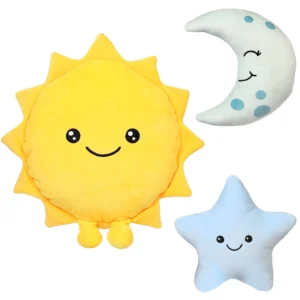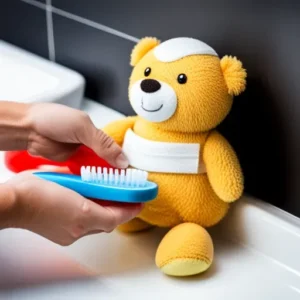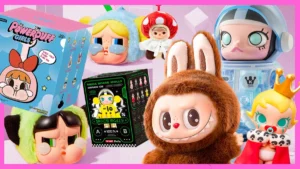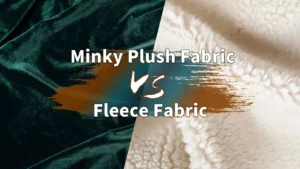Plush toys are beloved companions for children and collectors alike—soft, cuddly, and comforting. But have you ever wondered if mold can grow inside these fuzzy friends? Mold inside plushies is not just an unpleasant thought; it poses real health risks and can ruin the toy’s appearance and durability. In short, mold can indeed grow inside plush toys, especially when exposed to moisture, poor ventilation, and unsuitable storage conditions. Understanding the causes and prevention methods is essential to keep your plushies safe, clean, and long-lasting.
Imagine a child’s favorite teddy bear, tucked away in a damp corner, slowly developing an invisible fungal colony inside its stuffing. This hidden mold not only threatens the toy’s lifespan but also the child’s health. Curious how mold invades and how to stop it? Let’s dive deep and uncover everything you need to know about mold inside plush toys.
1.What causes mold to grow inside plush toys?
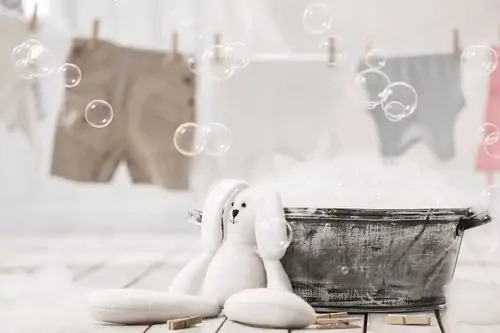
Mold grows inside plush toys primarily when moisture is trapped within the fabric and stuffing, creating a perfect environment for fungal spores to thrive.
- Moisture Exposure: Plush toys often absorb sweat, saliva, or humidity from their environment. Without thorough drying, trapped moisture leads to mold development. For example, plushies left damp after washing or exposed to rainy, humid conditions are highly vulnerable.
- Poor Ventilation: Stuffing materials inside plushies can retain moisture if airflow is restricted. This creates stagnant, humid pockets ideal for mold spores to grow unseen.
- Material Composition: Natural fibers like cotton or wool retain moisture more than synthetic fibers, increasing mold risk. Likewise, porous stuffing materials such as polyester fiberfill can trap moisture if not dried properly.
- Temperature and Humidity: Mold thrives in warm, damp environments—temperatures between 77°F and 86°F (25°C-30°C) and relative humidity above 60% are ideal. Plush toys stored in such conditions are at higher risk.
- Presence of Mold Spores: Mold spores are nearly everywhere—on dust, in the air, and on surfaces. If they find favorable conditions inside a plush toy, mold growth is inevitable.
Understanding these causes highlights why proper care and storage are crucial for mold prevention.
| Cause | Description | Example / Detail |
|---|---|---|
| Moisture Exposure | Plush toys absorb sweat, saliva, or humidity; trapped moisture promotes mold growth. | Damp plushies after washing or exposure to humid weather. |
| Poor Ventilation | Limited airflow inside stuffing traps moisture, creating humid pockets ideal for mold spores. | Stuffing holds moisture in closed environments. |
| Material Composition | Natural fibers (cotton, wool) retain more moisture than synthetics, increasing mold risk. | Polyester fiberfill traps moisture if not dried properly. |
| Temperature & Humidity | Mold thrives in warm (77-86°F) and humid (>60% RH) environments. | Storage in warm, damp rooms increases mold chances. |
| Presence of Mold Spores | Spores are everywhere; favorable conditions inside plush toys lead to mold growth. | Dust and air carry spores that settle on toys. |
2.Which types of plush materials are most susceptible to mold?
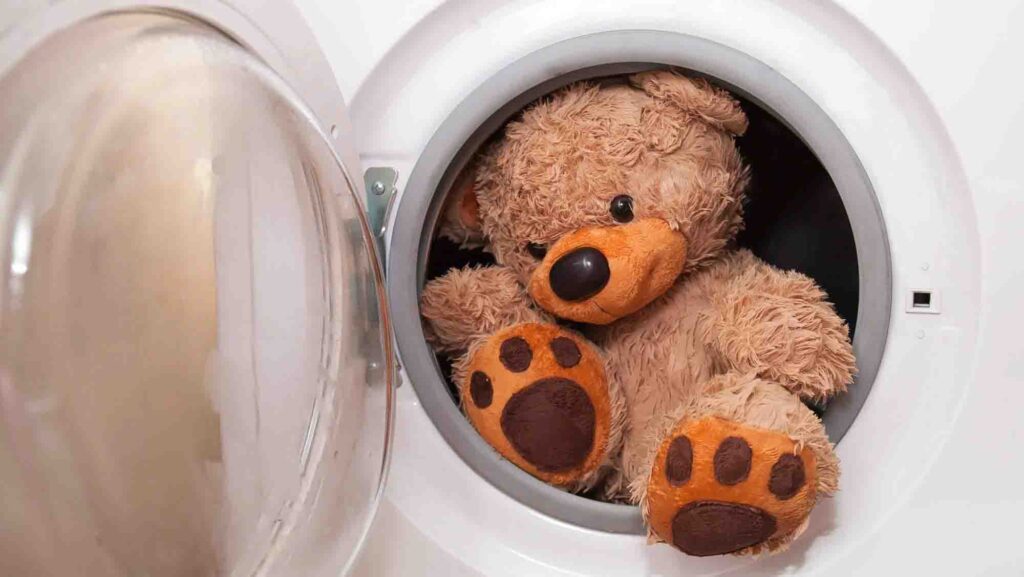
Natural fibers and certain types of stuffing are more prone to mold growth than synthetic alternatives.
- Natural Fibers (Cotton, Wool): These fibers absorb moisture readily, making them prime candidates for mold growth if exposed to damp conditions.
- Synthetic Fibers (Polyester, Acrylic): Generally less absorbent, synthetic materials dry faster and resist mold better but are not immune if moisture is trapped.
- Stuffing Materials: Traditional polyester fiberfill is breathable but can hold moisture in poorly ventilated spaces. Some eco-friendly stuffing options like recycled fibers or natural cotton blends may increase susceptibility due to moisture retention.
- Blended Fabrics: Plushies using blended fabrics combine the pros and cons of both natural and synthetic fibers, sometimes complicating drying and mold resistance.
- Coated or Treated Fabrics: Some plush toys have antimicrobial or water-repellent coatings that reduce mold risk, but these treatments may wear off over time.
A careful choice of materials can significantly influence mold resistance in plush toys. For instance, outdoor plush toys or collectible dolls often use treated fabrics to prevent mold and mildew.
| Plush Material Type | Susceptibility to Mold | Description |
|---|---|---|
| Natural Fibers (Cotton, Wool) | High | Absorb moisture readily, increasing mold risk in damp conditions. |
| Synthetic Fibers (Polyester, Acrylic) | Low to Moderate | Less absorbent and dry faster, but can still harbor mold if moisture is trapped. |
| Stuffing Materials | Moderate to High | Polyester fiberfill is breathable but can retain moisture; eco-friendly blends may trap moisture more. |
| Blended Fabrics | Variable | Combine natural and synthetic fiber traits, affecting drying and mold resistance unpredictably. |
| Coated or Treated Fabrics | Low | Antimicrobial or water-repellent coatings reduce mold risk but may wear off over time. |
3.How can mold affect the safety and durability of plush toys?

Mold growth inside plush toys poses health hazards and compromises the toy’s structural integrity.
- Health Risks: Mold can trigger allergic reactions, respiratory problems, and skin irritation, especially in children or those with asthma and weakened immune systems. Prolonged exposure can worsen these effects.
- Odor and Appearance: Mold produces musty smells and visible stains or discoloration that degrade the plush toy’s aesthetic appeal.
- Material Degradation: Mold releases enzymes that break down fibers, weakening the fabric and stuffing, which can cause holes, thinning, or clumping of stuffing.
- Reduced Lifespan: Mold infestation significantly shortens a plush toy’s usable life, often making it irreparable.
- Cross-Contamination: Mold can spread to other toys, fabrics, and household surfaces, increasing overall risk.
Recognizing these dangers emphasizes why mold prevention and early intervention are vital to keep plushies safe and lasting.
| Impact Area | Effects on Plush Toys and Users | Details |
|---|---|---|
| Health Risks | Allergic reactions, respiratory issues, skin irritation | Especially harmful to children, asthma sufferers, and immunocompromised individuals |
| Odor and Appearance | Musty smells, visible stains, discoloration | Degrades the toy’s look and smell |
| Material Degradation | Fiber breakdown, fabric weakening, stuffing clumping or holes | Mold enzymes damage structural integrity |
| Reduced Lifespan | Shortened usable life, often irreparable | Mold infestation causes permanent damage |
| Cross-Contamination | Spread of mold to other toys and household fabrics | Increases health and hygiene risks in the home |
4.Do cleaning and storage methods prevent mold growth inside plushies?
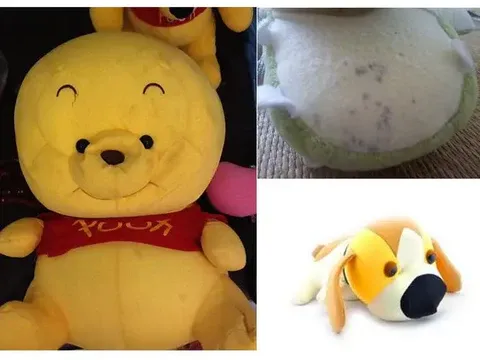
Proper cleaning, drying, and storage are essential to prevent mold growth in plush toys.
- Cleaning Techniques: Regular washing removes dirt, sweat, and spores that fuel mold. Use gentle detergents, and for deeper sanitation, consider adding vinegar or baking soda. Avoid overwetting.
- Thorough Drying: After washing, plushies must be completely dried—preferably air-dried in sunlight or using a dryer on low heat. Moisture trapped inside stuffing is the biggest mold risk.
- Storage Conditions: Store plush toys in dry, well-ventilated areas. Avoid plastic bags or airtight containers without moisture control, as trapped humidity promotes mold.
- Use of Silica Gel or Desiccants: Placing moisture absorbers in storage areas can help maintain dryness.
- Regular Inspection: Check plush toys periodically for dampness or odors, especially if stored long-term.
- Avoid Damp Environments: Basements, bathrooms, and poorly ventilated closets should be avoided for plush storage.
By combining effective cleaning with smart storage, mold growth can be minimized or prevented altogether.
| Prevention Method | Description | Tips and Recommendations |
|---|---|---|
| Cleaning Techniques | Regular washing removes dirt, sweat, and mold spores | Use gentle detergents; add vinegar or baking soda for sanitation; avoid overwetting |
| Thorough Drying | Complete drying post-wash is critical to prevent moisture retention | Air-dry in sunlight or use dryer on low heat |
| Storage Conditions | Store in dry, well-ventilated areas | Avoid plastic bags or airtight containers without moisture control |
| Use of Silica Gel | Moisture absorbers help maintain dry environment | Place silica gel packets or desiccants in storage areas |
| Regular Inspection | Check for dampness, odors periodically | Inspect toys especially if stored long-term |
| Avoid Damp Environments | Keep away from basements, bathrooms, and poorly ventilated closets | Choose dry, ventilated storage spaces |
5.Is it possible to remove mold from a plush toy once it has grown?

Removing mold from plush toys is challenging but achievable with proper cleaning and care.
- Initial Assessment: Determine mold severity. Surface mold may be cleaned; deep infestation might require disposal.
- Washing: Use hot water and a mold-killing detergent. Adding white vinegar or hydrogen peroxide can enhance mold removal.
- Sunlight Exposure: Sunlight’s UV rays help kill mold spores and deodorize.
- Drying: After cleaning, thoroughly dry plushies, using a dryer if possible to eliminate residual moisture.
- Spot Cleaning: For delicate toys, spot cleaning with mold removers designed for fabrics is safer.
- Professional Cleaning: For valuable or sentimental plush toys, consider professional mold remediation services.
- Safety Measures: Always wear gloves and masks when handling moldy toys to avoid inhaling spores.
Though possible, repeated mold removal can degrade the toy. Prevention remains the best strategy.
| Step | Description | Tips and Safety Measures |
|---|---|---|
| Initial Assessment | Evaluate mold severity; surface mold may be cleaned, deep mold may require disposal | Assess carefully to avoid health risks |
| Washing | Use hot water with mold-killing detergent; add white vinegar or hydrogen peroxide | Enhances mold removal effectiveness |
| Sunlight Exposure | UV rays from sunlight help kill mold spores and remove odors | Air-dry plushies in direct sunlight after washing |
| Drying | Thoroughly dry plushies post-cleaning; use dryer if possible | Ensures no residual moisture remains |
| Spot Cleaning | For delicate toys, use fabric-safe mold removers on affected areas | Avoids damage to sensitive materials |
| Professional Cleaning | Consider for valuable or sentimental toys | Specialized mold remediation services provide safer cleaning |
| Safety Measures | Wear gloves and masks when handling moldy toys | Prevent inhalation of harmful spores |
6.Are there eco-friendly materials or treatments that resist mold in plush toy manufacturing?
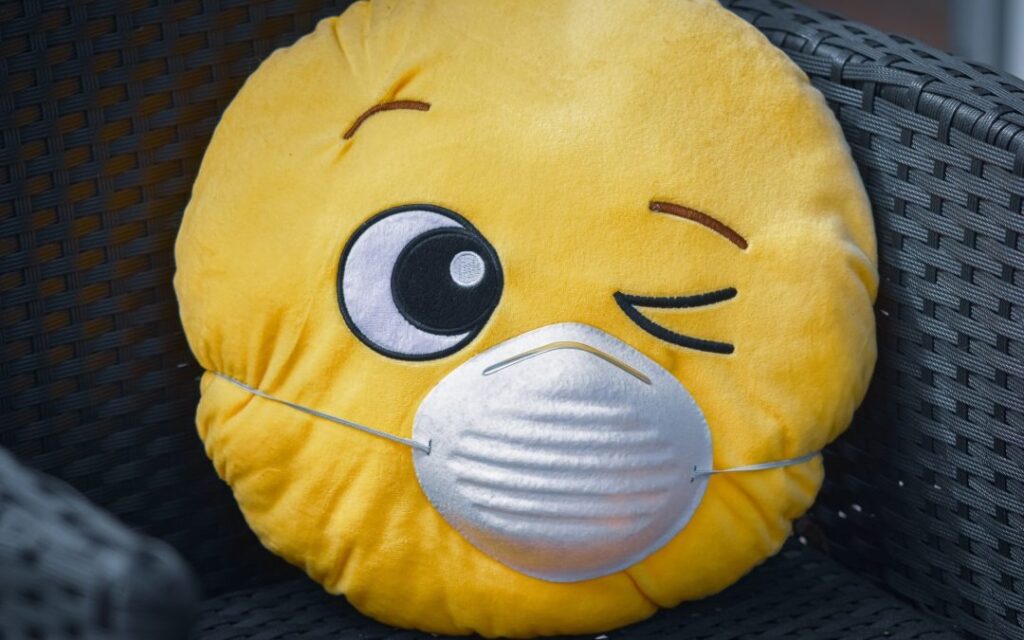
Innovations in sustainable materials and antimicrobial treatments offer mold-resistant options for plush toy production.
- Antimicrobial Fabrics: Incorporation of silver ions, copper, or other antimicrobial agents inhibits mold growth without harmful chemicals.
- Eco-Friendly Stuffing: Use of recycled polyester treated for mold resistance or natural fibers combined with antimicrobial coatings.
- Water-Repellent Finishes: Sustainable, non-toxic coatings reduce moisture absorption while maintaining fabric softness.
- Breathable Fabrics: Designing plushies with improved airflow minimizes moisture buildup.
- Certifications: Some materials comply with OEKO-TEX® or GOTS standards ensuring both environmental and safety quality.
- Case Study: Kinwin’s custom plush toys integrate antimicrobial-treated fibers and sustainable stuffing, balancing eco-consciousness with mold prevention.
Using these materials and treatments enhances durability and aligns with sustainability goals, making plush toys safer and longer-lasting.
| Factor | Traditional Material | Eco-Friendly Alternative | Mold Resistance |
|---|---|---|---|
| Fabric | Cotton, Polyester blends | Antimicrobial polyester blends | High with treatment |
| Stuffing | Standard polyester fiberfill | Recycled polyester with treatment | Improved |
| Surface Treatment | None or chemical finishes | Non-toxic, water-repellent coating | Enhanced |
| Breathability | Moderate | Designed for airflow | Better |
| Environmental Impact | Moderate to High | Low | N/A |
If you want to explore custom plush toys designed with the latest eco-friendly, mold-resistant materials and expert craftsmanship, contact Kinwin today. Our advanced production equipment and rigorous quality control ensure your plushies are not only adorable but also safe, durable, and sustainable.




